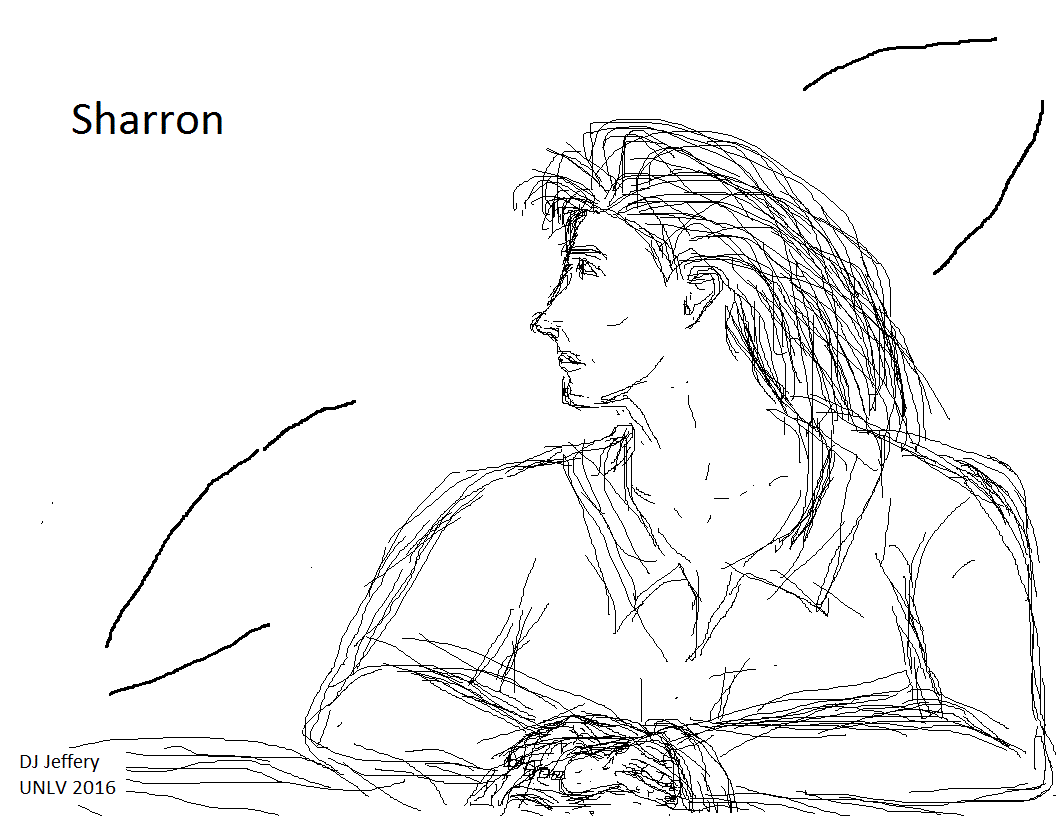Celestial sphere videos (i.e., Celestial sphere videos):
High cal:
- celestial sphere | 1:45: Best celestial sphere video ever!!! No sound. Very good at illustrating the ideas after they been introduced. Show it and add narration. Actually, there is a spinning dancer illusion for time ∼ 59--63 s: the horizon plane is spinning eastward, but it seems to switch between eastward and westward multiple times. The illusion is because there are no depth clues in the animation. So one has a bistable perception: i.e., the perception switches between two possible states. Short enough for the classroom.
- Aurora Borealis Night Sky Time Lapse -
Northern Lights - Nikon D5100 and Tokina 11 | 5:03:
Aurora at ∼ 1:40--2:40 and the rest
is just Cape Breton Island, Nova Scotia,
Canada
(which is
at ∼46° north latitude).
The video
is time-lapsed.
We are looking north and can see
Polaris at the
NCP and
the Big Dipper wheeling around it
counterclockwise.
Kill sound, add dialogue.
Short enough for the classroom.

- Constellations of the zodiac | 1:45: The zodiac constellations on the celestial sphere. The double-triangle is the projection of the Sun on the ecliptic (mostly level in the video) from the point of view of the Earth. The Sun (or, if you like, its projection) crosses the celestial equator at the equinoxes (tilted in the video) going above the celestial equator at the vernal equinox (c.Mar21) when the Sun is in Pisces and going below the celestial equator at the fall equinox (c.Sep21) when the Sun is in Virgo. Show the video and add narration. Short enough for the classroom.
- Frozen South: Antarctica 24 hour Sun 4K | 2:07: At the Earth's poles, all astronomical objects are circumpolar objects. They just circle parallel to the horizon the north celestial pole (NCP) (which is at zenith) at the North Pole and the south celestial pole (SCP) (which is at zenith) at the South Pole. This time-lapsed video shows the Sun's path on the sky at Scott Base, Antartica, Geographic coordinates: 77°50'57''S, 166°46'06''E which is NOT so far from the South Pole. Because Scott Base is NOT at the South Pole, the Sun's path is titled relative to the horizon and is NOT parallel. The time is near winter solstice (from a Northern Hemisphere perspective): i.e., circa Dec21. A bit is good for the classroom.
- What does the sun do at the Pole! | 2:22: Here is the Sun's path at the South Pole nearly: i.e., Amundsen-Scott South Pole Station, Antartica, Geographic coordinates: 89°59'51.19''S, 139°16'22.41''. This time-lapsed video shows the Sun's path 2017 Mar08--Mar13, and so the Sun circles 5 times and moves closer to the horizon as it moves along the ecliptic toward the vernal equinox (c.Mar21) which at the South Pole is a long, slow sunset. A bit is good for the classroom.
- Time lapse - Circumpolar stars around alertness tower | 0:33: Torre de Vigilancia near Girona, Spain. It looks like the individual images are high-sensitivity or long exposure in order to brighten the video. Short enough for the classroom.
- Sun's Motion Across the Celestial Sphere | 0:12: A little too fast. You see the Sun moving on the ecliptic with the zodiac constellations behind it. The celestial equator is a curvy line in this animation. Short enough for the classroom, but maybe NOT too useful.
- The Celestial Sphere 1 | 0:24: Note that Polaris is fixed, despite the illusion that it is moving. So the rotation is OK. Short enough for the classroom.
- Stars And Constellations | 3:11: A contribution from Jet Propulsion Laboratory (JPL) on constellation folklore---with a remarkably early possible date for the assignment of the constellation Taurus: i.e., to the Neolithic before 15,000 BP at 0:25 mark. Too long for the classroom.
File: Celestial Sphere file: celestial_sphere_videos.html.